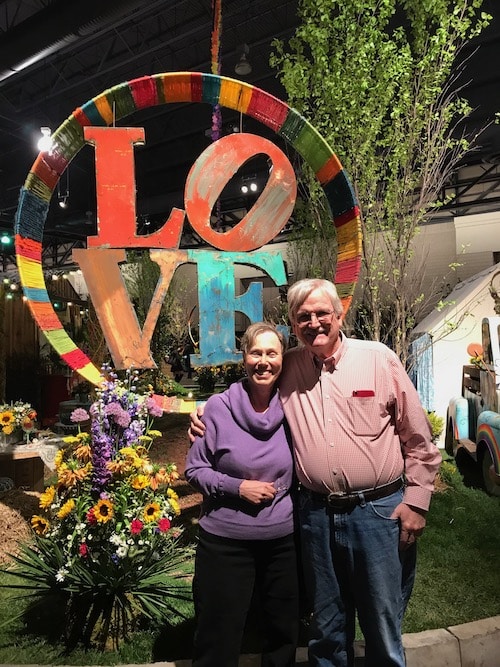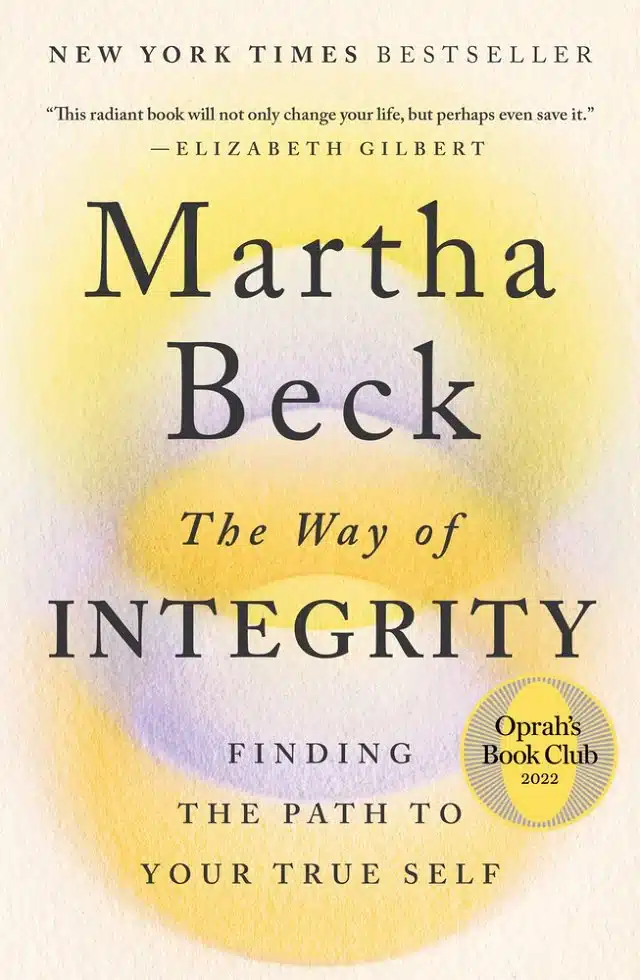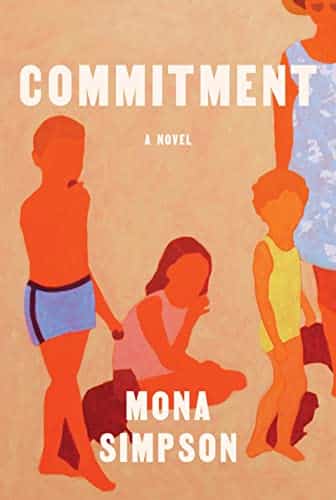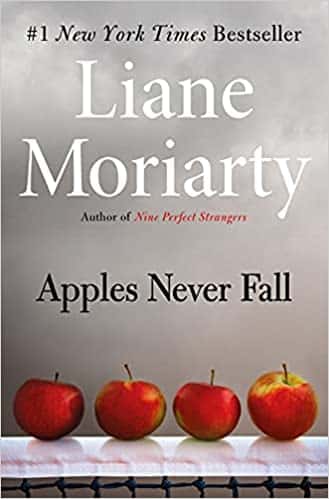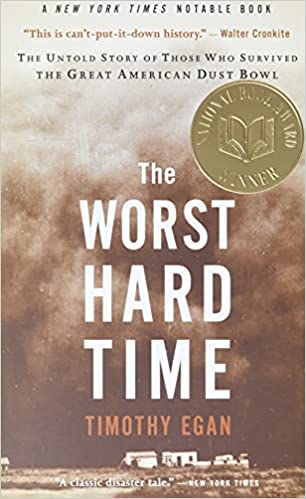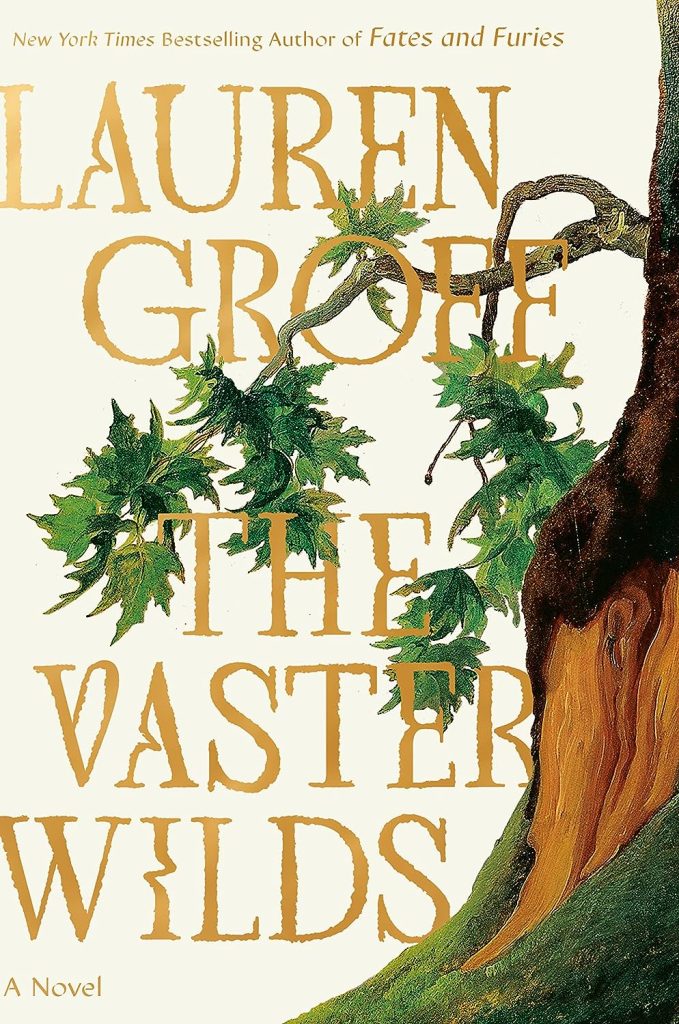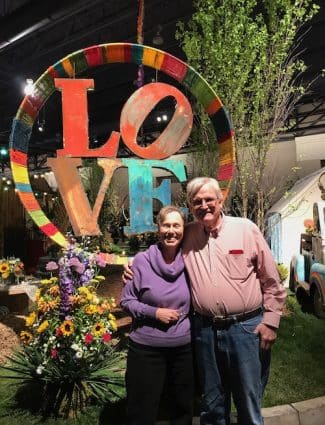
Memories of Spring 2019
Estimated reading time: 0 minutes, 48 seconds Jan and I always enjoyed Spring.
Jan and I always enjoyed Spring.
As we walked into the Convention Center in early March 2019 to attend the Philadelphia Flower Show, we breathed in Spring despite Jan’s aversion to pollen.
This short Apple Photos memory was the last year we attended. COVID and lymphoma kept us home the following year.
Other events in the video include:
- Jan received a 50 Best Women in Business award from NJBiz.
- The YWCA Empty Place at the Table.
- Shelby’s wedding.
- Mike graduated from NJCU with his Masters’s degree.
Little did we know it would be the last healthy Spring we would have together. Love never dies; it only grows stronger every day.
When you buy a book or product using a link on this page, I receive a commission. Thank you for supporting Sharing Jan’s Love blog.


